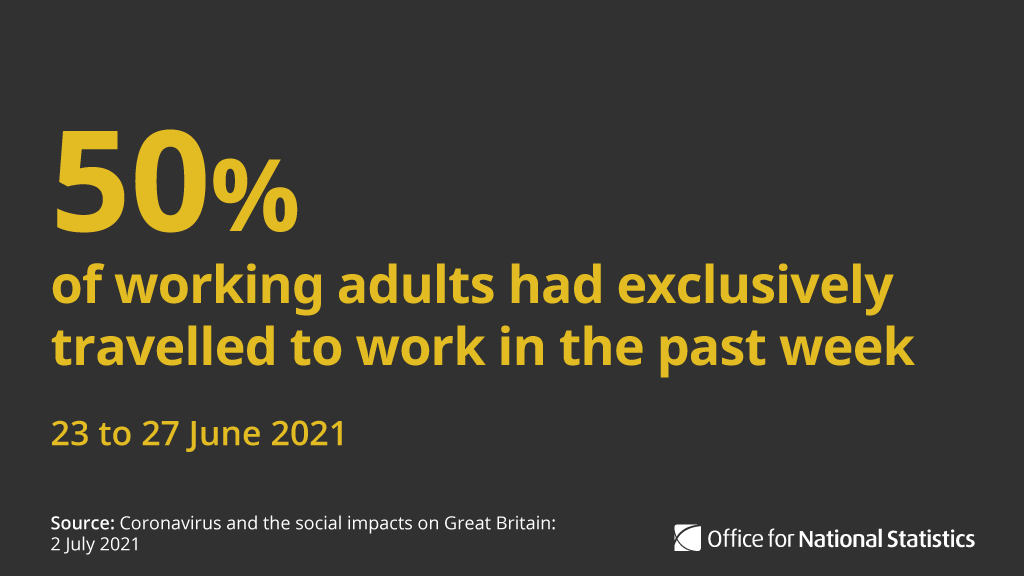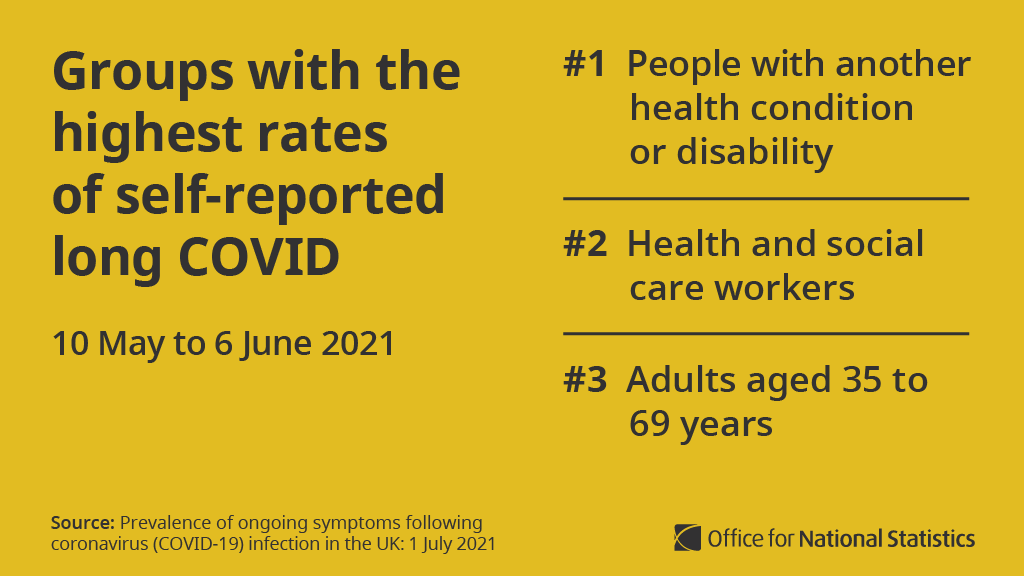
New analysis shows there were more UK deaths than births in 2020 - the first time since 1976 and the second time since the start of the 20th century.
The difference between the number of live births and the number of deaths is known as “natural change” ow.ly/Iux050Fpzd6
The difference between the number of live births and the number of deaths is known as “natural change” ow.ly/Iux050Fpzd6

Negative natural change occurs when there are more deaths than births, but this might not mean the total size of the population has decreased.
Migration can still lead to overall population growth by more people moving into an area than leaving it ow.ly/19F550Fpzgs
Migration can still lead to overall population growth by more people moving into an area than leaving it ow.ly/19F550Fpzgs
There were more deaths than births since 2015 in Scotland, and since 2016 in Wales.
In England and Northern Ireland, there were more births than deaths up to and including 2020, although differences between births and deaths have been decreasing ow.ly/WFJj50Fpzik
In England and Northern Ireland, there were more births than deaths up to and including 2020, although differences between births and deaths have been decreasing ow.ly/WFJj50Fpzik

90,173 UK deaths involving #COVID19 were registered in 2020, taking the total number of deaths to 689,629. This is up 14% (84,922) compared with 2019.
The number of births decreased by 4.1% (29,489) compared with 2019 figures, with a total of 683,191 ow.ly/m3TX50FpzkA
The number of births decreased by 4.1% (29,489) compared with 2019 figures, with a total of 683,191 ow.ly/m3TX50FpzkA

Taking the total registered deaths and occurrences of births into account, this means that “natural change” in the UK in 2020 was -6,438, down from 107,973 in 2019 and 115,119 in 2018 ow.ly/eXBr50Fpzrt 

We’ve also published two releases which look at deaths registered in England and Wales in 2020 and deaths due to #COVID19 in 2020.
Read our thread ⬇️
Read our thread ⬇️
https://twitter.com/ONS/status/1412331927789518848
• • •
Missing some Tweet in this thread? You can try to
force a refresh

















